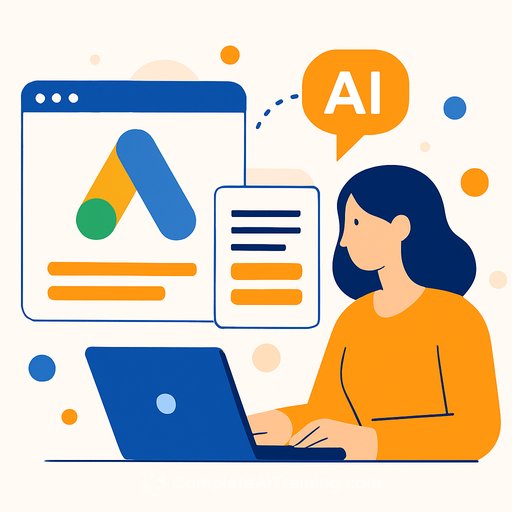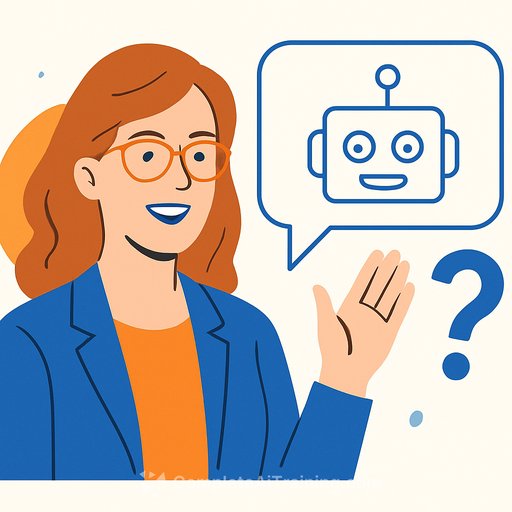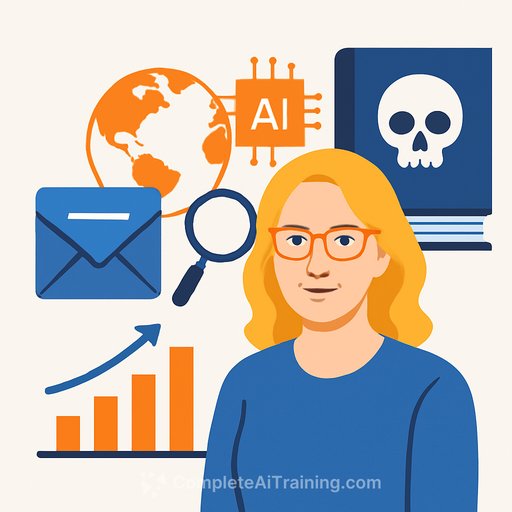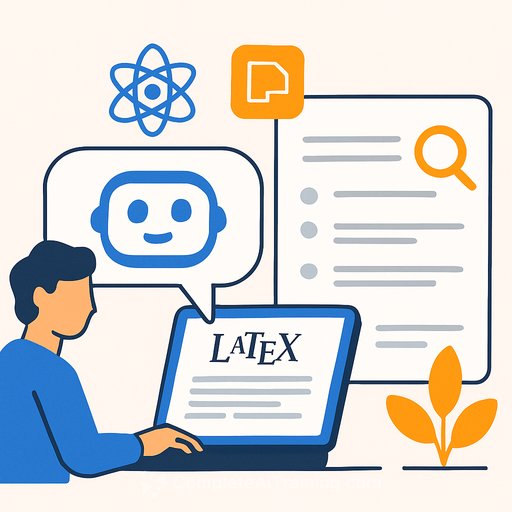How to Write High-Performing Google Ads Copy with Generative AI
Speed up your ad creation process without losing your message. Generative AI can help craft relevant, personalized copy that connects. Writing effective ad copy remains a major challenge in PPC advertising. It's costly, time-consuming, and often a guessing game—especially when scaling campaigns across audiences and formats.
Generative AI offers a new approach, already changing how brands create and optimize Google Ads across text, video, and display. The benefits are clear: faster production, smarter personalization, and better performance. But success doesn’t come from automation alone. Marketers must take a strategic, hands-on approach.
This article covers how to use generative AI to write Google Ads copy that performs—focusing on the right prompts, human oversight, and workflows that make a difference.
How generative AI enhances Google Ads copywriting
- Accelerate ideation and drafting: AI can produce dozens of headline and description variations in seconds, exploring different angles, tones, and calls to action. This slashes the time spent on initial creative development.
- Enhance personalization at scale: Traditional ad copy struggles to tailor messages for diverse audience segments. When fed with audience data, generative AI can create highly personalized ads that resonate with specific needs and preferences, boosting engagement.
- Improve ad strength and quality score: Google favors relevant and varied ad assets. AI helps generate unique headlines and descriptions with keywords and diverse messaging, improving ad strength and quality scores.
- Facilitate A/B testing and optimization: The volume of AI-generated variations makes A/B testing much more efficient. Marketers can quickly identify top-performing messages and optimize campaigns faster.
- Bridge language barriers: For global campaigns, AI can translate and localize ad copy, maintaining cultural relevance and natural flow across multiple languages, saving time and resources.
Best practices: Using generative AI to maximize performance
Generative AI is now integrated into Google Ads workflows. By providing a URL and distinctive copy highlighting your product or service, you can prompt AI to generate headlines, descriptions, and creative assets. The same applies to display ads.
But fast and easy doesn't guarantee strong results. To get the most out of AI-generated copy, approach it with intention and structure.
1. Quality in, quality out: The prompt engineering imperative
The quality of AI-generated copy depends heavily on the prompts you give. Think of yourself as a conductor, and the AI as the band. Your prompts are the sheet music.
- Be specific: Don’t just ask for “ad copy.” Specify target audience, product benefits, unique selling points, tone, and keywords. For example: “Generate 5 headlines and 3 descriptions for lightweight running shoes, targeting beginner runners, highlighting comfort and injury prevention. Use an encouraging, energetic tone. Include keywords like ‘lightweight running shoes,’ ‘beginner runner comfort,’ and ‘prevent running injuries.’”
- Provide examples: Feed AI your existing high-performing copy to help it learn your brand voice and style.
- Set constraints: Specify character limits, calls to action, and any mandatory disclaimers to ensure outputs fit Google Ads requirements.
- Refine prompts: Experiment with wording, add context, and adjust instructions based on AI’s initial outputs to improve results.
2. Human oversight is non-negotiable: The editor’s touch
Generative AI is a powerful assistant — not a replacement for human creativity or judgment. Every AI-generated ad must be reviewed carefully.
- Ensure brand voice consistency: AI can drift from your established style. Adjust wording to align with brand guidelines.
- Verify facts: AI may generate inaccurate or outdated information. Double-check product details, prices, and claims.
- Check for bias and ethics: AI can inherit biases from training data. Review for unintended stereotypes or manipulative language. Ads should be inclusive and respectful.
- Enhance emotional nuance: AI can create compelling copy, but humans better understand subtle emotional triggers that connect with audiences.
- Legal review: Ensure compliance with advertising laws, trademark rules, and Google Ads policies.
3. Strategic integration: AI as part of your workflow
Use generative AI as a seamless extension of your existing Google Ads process, not a standalone solution.
- Leverage Google’s AI features: Tools like “Generated for you” campaign ideas suggest headlines and descriptions based on your landing page.
- Connect with performance data: Integrate AI tools with your Google Ads metrics so they learn what works and improve suggestions over time.
- Focus on responsive search ads (RSAs): RSAs utilize multiple headlines and descriptions, making them ideal for AI-generated variations.
- Maintain full-funnel consistency: Match AI-generated ad copy with your landing page content to keep relevance and boost conversions.
4. Continuous learning and adaptation: The iterative loop
AI tools and models evolve constantly. Your approach should too.
- Track performance: Monitor click-through, conversion rates, and quality scores for AI-generated ads. Use insights to refine your prompts and strategies.
- Stay informed: Keep up with new AI features and models that can enhance your ads.
- Experiment responsibly: Try different AI tools and techniques. Understanding what works best for your campaigns comes from exploration.
Ethical considerations: Using AI responsibly in advertising
- Transparency: If AI played a significant role in creating ad copy, consider being open with your audience.
- Data privacy: Make sure any data used to inform AI models complies with privacy regulations like GDPR and CCPA.
- Bias mitigation: Actively check for and reduce biases in AI-generated content. This involves diverse training data and ongoing review.
The future of Google Ads copy is human-guided AI
Generative AI is a powerful tool in digital advertising. It’s not just about speeding up workflows but gaining an edge through smarter, scalable ad copy creation.
When guided by clear prompts, human review, ethical standards, and integrated workflows, generative AI turns ad copy from a repetitive chore into a high-impact asset. Marketers who learn to direct AI thoughtfully will outperform those who rely on it blindly.
For those interested in deepening their AI skills, Complete AI Training offers courses covering prompt engineering and AI tools tailored for marketing professionals.
Your membership also unlocks:






